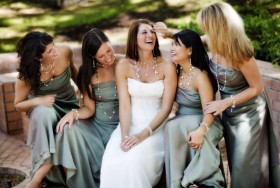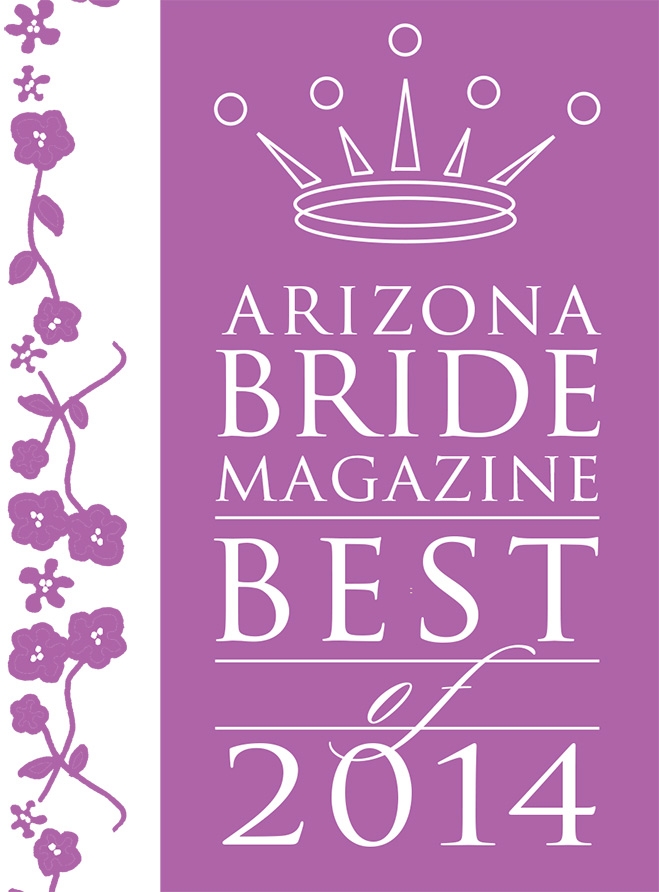There is ample proof of earlier and sometimes successful pearl cultivation in countries such as China, Sweden, Finland, Ceylon, the United States, Australia and Tahiti. But most of these early efforts were limited to cultured half-pearls. And no record exists that points to the kind of volume exceeding a trial-and-error effort or successful commercialization. That claim belongs to Japan.
The technique used to “culture” pearls is known worldwide as the “Mise-Nishikawa Method” and sometimes as the “Part-of-the-cells technique Patent”.
The founding basis of this technique (attributed to Japanese researchers Mise and Nishikawa) can be found in the work of Australian researcher William Saville Kent -who was commissioned to study Australia’s great barrier reef- and who, during the process, enunciated the “pearl sac theory” , responsible for natural pearl formation.
Japanese Biologist Tokichi Nishikawa and carpenter Tatsuhei Mise had each independently figured out how to make oysters create pearls on demand by inserting a piece of oyster epithelial membrane with a nucleus of shell or metal into an oyster’s body or mantle. This “culturing” caused the tissue to form a pearl sack. The sack secretes nacre to coat the nucleus, creating a pearl.
The story is certainly strange as the two men did not know each other and had never met. Yet within a week of each other they both submitted patent applications for a method of producing cultured spherical pearls. And the technique in both applications was identical.
John said that Mikimoto then took the process to glory, but the patent for the technique and principles was granted to Dr Nishikawa, to be jointly owned by Mr Mise. But how did Dr Nishikawa and Mr Mise discover the secret of pearl making? To answer this we need to go to Australia.
An Australian was first
In Northern Australia, the late 1800s were the era of the great Japanese pearling fleet, the Arafura pearling fleet. According to John Saltmarsh, at times more than 400 Japanese vessels were working Torres Strait and as many as 2,000 Japanese nationals were based at Thursday Island. Pearl shell was a valuable commodity on the world market, which was dominated by the Japanese.
‘The Commissioner of Fisheries in Queensland at that time was William Saville Kent’, John told us, ‘He was fascinated by pearls. He studied the technique for culturing half pearls used by the Chinese, who for many years had been producing MOP images of Buddha. They would drill a hole through the shell of a freshwater pearl oyster, place a tiny brass Buddha against the inside of the shell under the mantle, then secure it in place with a piece of thread pulled through the hole that they’d drilled in the shell. This was also the technique used by G.S. Streeter.
‘Saville Kent improved on this by securing the nucleus to the inside of the shell with hot resin glue. He started Australia’s first cultured pearl farm in Albany Passage, near Thursday Island. His half pearls fetched high prices and he spent years experimenting with round pearls. In 1890 he was successful and produced a genuine spherical cultured pearl.’
John said it was doubtful that Saville Kent fully appreciated the worth of what he had done, as he was willing to discuss his technique with anyone who showed an interest.
He promised to publish an account of his method, perhaps with an eye to the commercial possibilities, but he never got around to it. When he died in 1906, his farm at Albany was sold, together with his techniques and methods.
Dr Alvin Seale in the Journal of Science in July 1910 reported that the Australian who had purchased Saville Kent’s experimental pearl farm had succeeded in growing spherical pearls using techniques bought with the farm. ‘The gentleman must have lost interest, however, as there are no further records of the Albany farm until recent times’, John said.
To get back to Dr Nishikawa and Mr Mise–they did have one small point of contact. Both Mr Mise’s stepfather, whom he lived with, and Dr Nishikawa were fisheries officers with the Arafura Pearling Fleet at Thursday Island at the time that William Saville Kent just couldn’t help talking about his technique for culturing round pearls.
In 1968, author Joan Young Dickinson was the first to make public this amazing coincidence. In her The Book of Pearls, she wrote, ‘It seems that some time around the turn of the century an unsung Australian oysterman hit upon the method . . . and passed accidentally his secret unwittingly to these two brilliant young Japanese.’
Mise received a 1907 patent for his grafting needle. When Nishikawa applied for a patent for nucleating, he realized that he and Mise had discovered the same process. In a compromise, the pair signed an agreement combining their discovery into the Mise-Nishikawa method, which is still the standard of pearl culturing today.
Kokichi Mikimoto had received patents for culturing hemispherical pearls and culturing in mantle tissue, and he could not use the Mise-Nishikawa method without invalidating his patents. He altered his earlier patent application to cover a technique to make round pearls in mantle tissue. Through this technicality, Mikimoto began an unprecedented expansion, buying rights to the Mise-Niskikawa method.
Mikimoto contributed one discovery. The original culturing method used silver and gold beads, but Mikimoto found the best success when he inserted round nuclei cut from U.S. mussel shells. Although some manufacturers still continue to test other nuclei, U.S. mussel shells have been the basis for virtually all cultured saltwater pearls for nearly a century.
As a brilliant marketer, Mikimoto revolutionized the pearl industry. He lobbied jewelers and governments to accept his cultured products as authentic gemstones. His employees designed huge pearl structures, displayed at every major international exposition. By mastering the culturing techniques, Mikimoto, then hundreds of other Japanese companies, took pearls from being unattainable to everyone but the extremely wealth to everyone.
Mikimoto’s pearl culturing business produced more than 12 million oysters, or about 75 per cent of the world’s total supply of these pearls (Ward, 1985). Mikimoto’s culturing technique involved tying a piece of mantle to the nucleus before its implantation. In contrast, the Nishikawa (or Mise) method involved the introduction of a spherical nucleus and a piece of mantle epithelium into the connective tissue of the oyster. Modern techniques appear to be based upon the Nishikawa-Mise method, rather than the delicate and difficult Mikimoto technique, which did not yield any better results.
Mikimoto’s major restriction, in early developmental years of his culture, was the composition and source of nuclei suitable for implantation.argely by trial and error over a number of years, Mikimoto did contribute one crucial discovery. Whereas Nishikawa nucleated with silver and gold beads, Mikimoto experimented with everything from glass to lead to clay to wood. Eventually he found a nucleus that had both the right colour and density for producing high quality pearls. These nuclei consisted of polished round beads that had been made from the thick shell of freshwater mussels which, unfortunately for Japan, were only available in the Mississippi River basin of America mainly in Tennessee. These beads were manufactured from the shells of ‘washboard’ or ‘pigtoe’ mussels that belong to the Family Unionidae, weigh up to 3.5 kg, and were found in various lakes and rivers in the basin of the Mississippi River. The shells were collected by divers, cleaned, and then sent to Japan where they were cut-up and rounded into beads (nuclei) with diameters as large as 14 mm Although some countries continue to test other nuclei, U.S. mussel shells have been the basis for virtually all cultured saltwater pearls for 90 years.














Stay in Touch